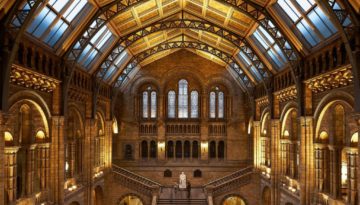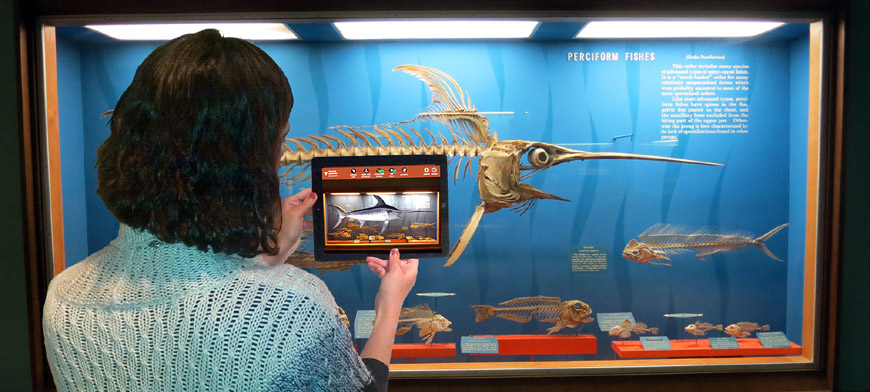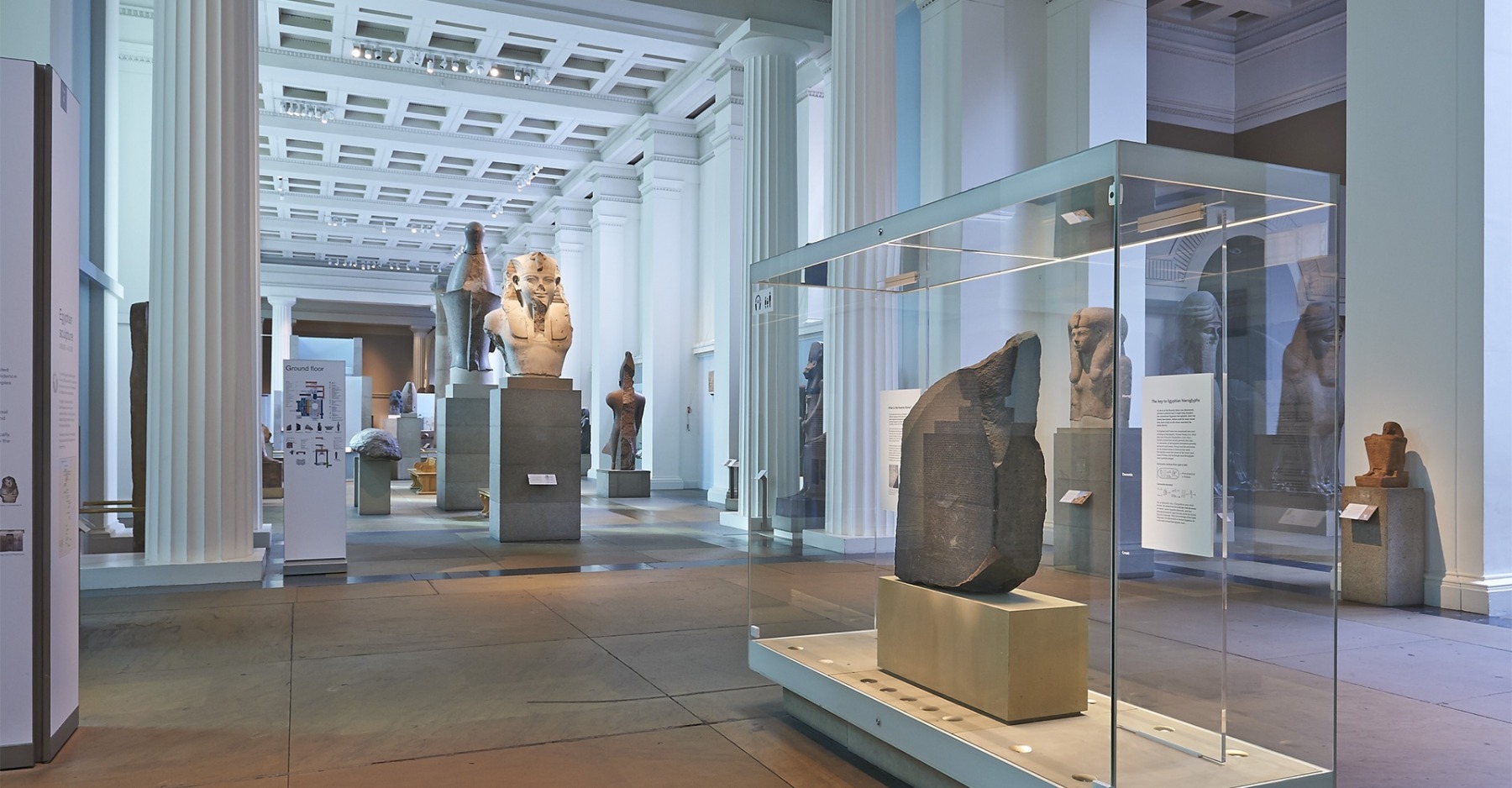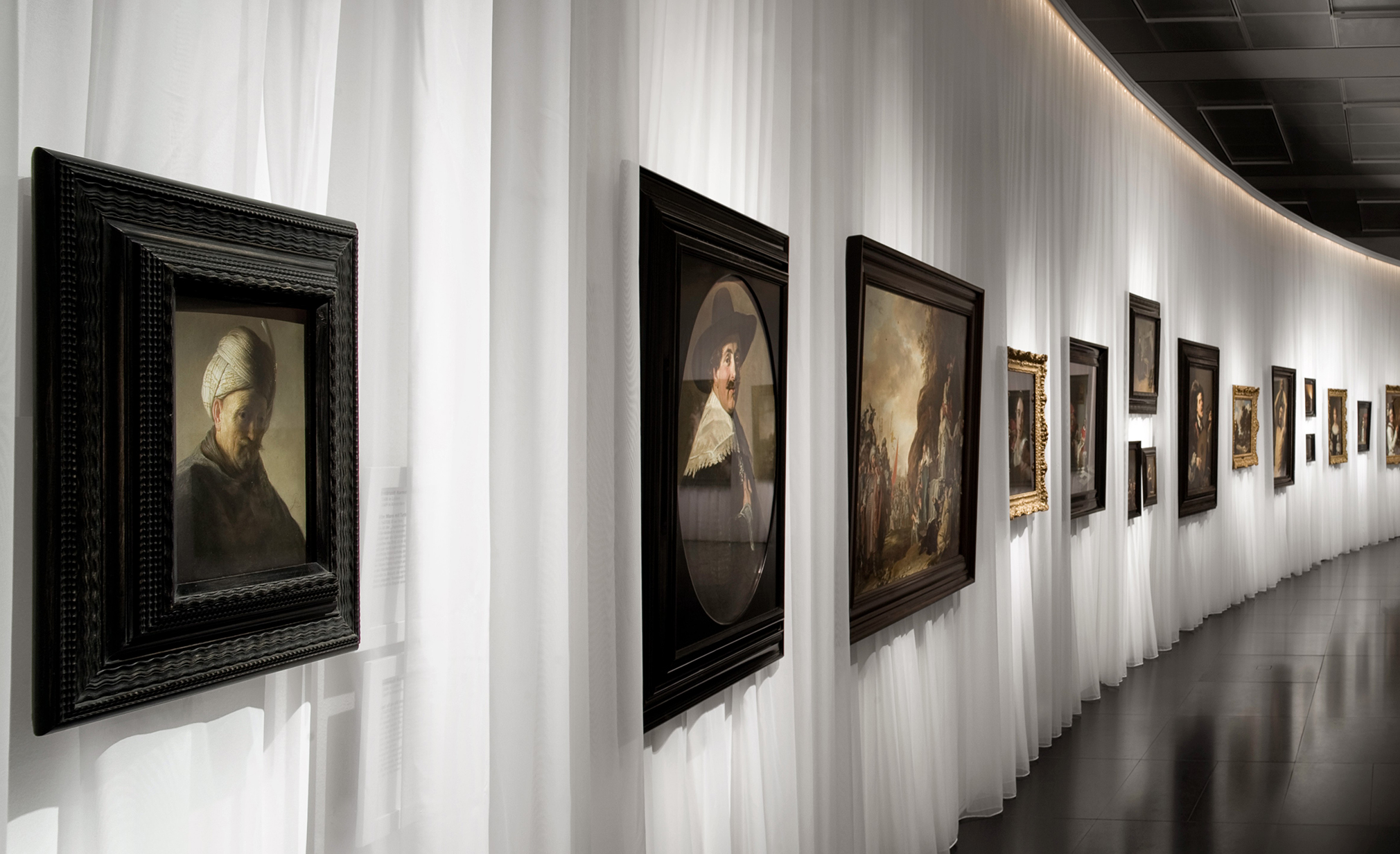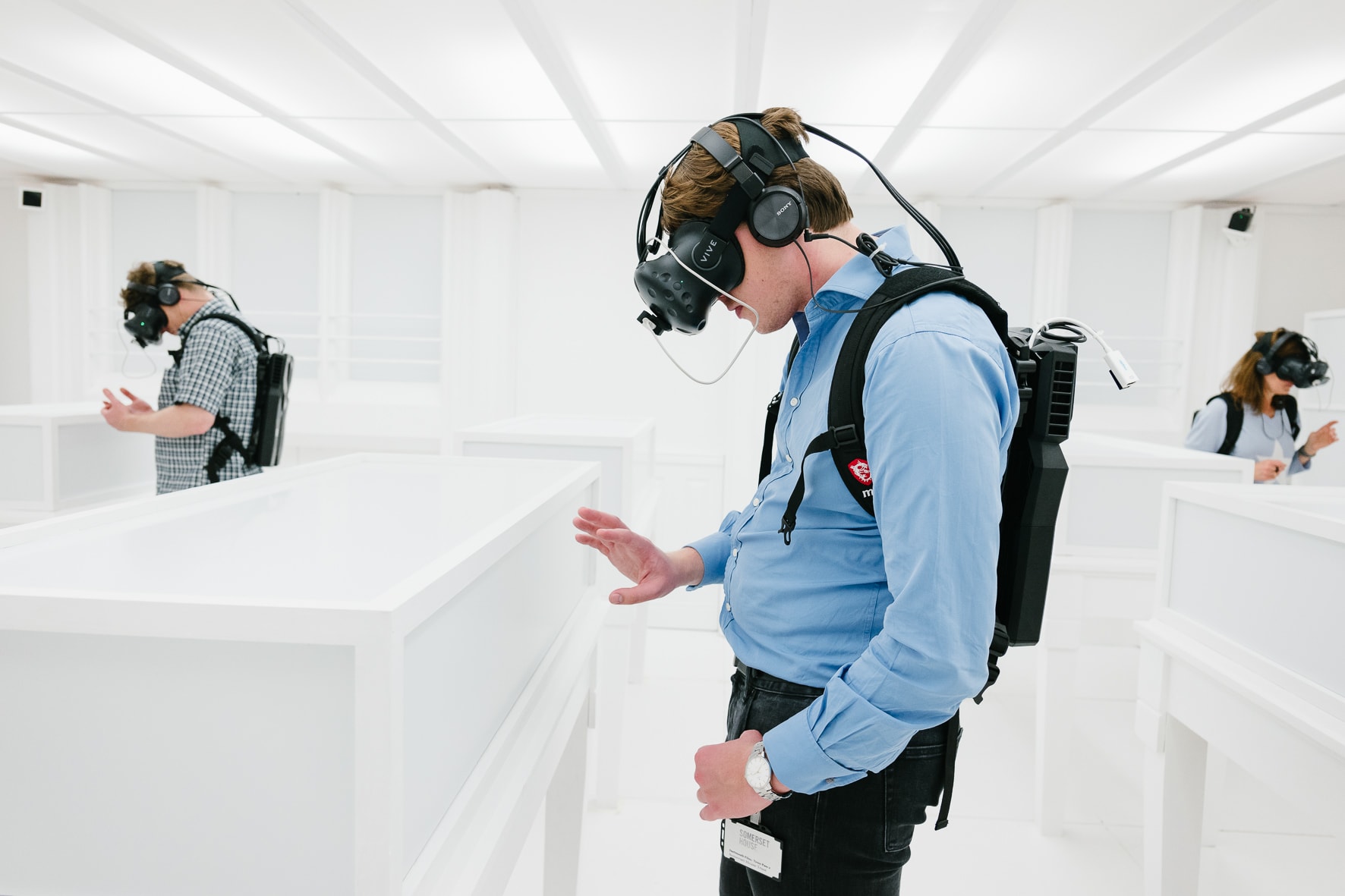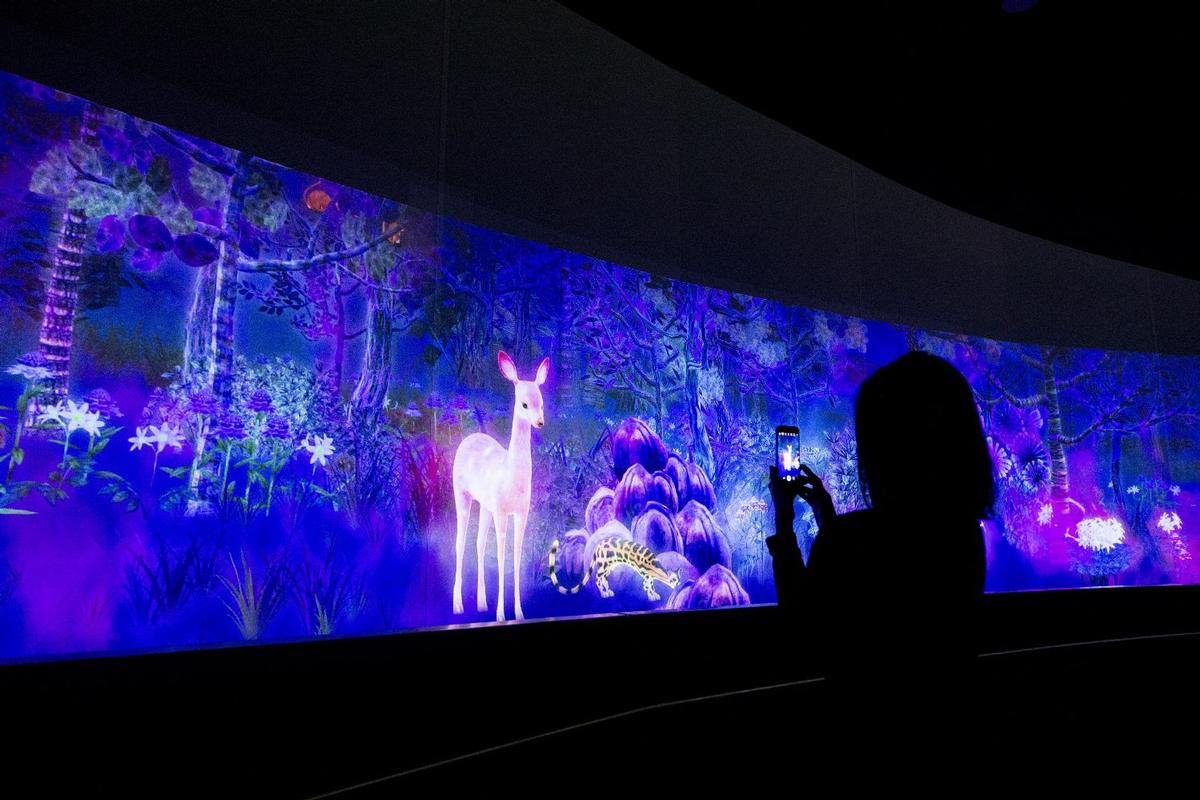Virtual Reality for Museums: an Ace up Your Sleeve
With the rise of high tech already operating all around the world, augmented and virtual reality is having its day. VR is on the up and we’ve seen plenty of organizations, like Smithsonian National Museum experimenting with the latest consumer tech craze to take the world’s largest research and museum complexes to a new level.
A steep surge in VR leaves no room for doubt – museums need to figure out new ways to attract visitors and take advantage of VR’s immersiveness to let anyone visit its exhibits from anywhere.
So, if you are proactive in how to provide unique immersive experience for your visitors check out how world’s finest cultural institutions changed long and boring visitations into captivating journeys.
Smithsonian National Museum of Natural History, Washington, D.C.
Scientific know-how moves at a breakneck speed and Smithsonian National Museum is one of the institutions that keep up with emerging trends of AR. Its grand comparative anatomy exhibit, Skin & Bones, is now enhanced with a bleeding-edge 3D augmented reality technology and 3D tracking for its future business potential. The selection and diversity of skeletons come alive in the skin and bones once you superimpose your phone over them. With an absorbing AR application, the exhibit has got a chance to highlight the diversity of major groups of vertebrates and transform dead bones into lifelike creatures. You can watch a vampire bat flying under the ceiling or sea cow growing flesh just through your phone screen. In another part of the exhibition, you can put your phone over an anhinga skeleton and see how it catches fish.
If you can’t visit the museum in person, you can download the app and experience Skin & Bones’ augmented reality from home.
The British Museum
The pace of VR encroaching into the world of art can be dizzying. New possibilities spring up and become more mainstream. In 2015, the British Museum handled its first virtual reality weekend, encouraging people to look at the collection through the 3D headsets and tablets.
By wearing Samsung Gear VR and by using a touchpad on the right-hand side, visitors could see bronze age-style roundhouse with incorporated 3D scanned representations of British Museum objects as well as hear beautiful atmospheric sounds which gave users the chance to get back to the 3500 B.C. 3D models of bronze age objects were put virtually within their original context, allowing visitors to interact with the collection in an exciting way, and get smoother, and therefore more realistic, experience.
The Kremer Museum, New York
With the coming onslaught of VR and AR, the founders of the Kremer Museum have decided to stay abreast of the latest trends and build a completely virtual art gallery. The museum features around 70 Dutch and Flemish masterpieces collected with passion and good taste from the 17th century and are available only through VR technology. To provide a truly mind-expanding experience, founders created realistic 3D models of the Kremer Collection paintings by using photogrammetry. This technique requires photographing every painting many times to create a high-resolution visual model for each piece. Using VR headsets, visitors can examine the artworks’ surface and colors closer, as if they are doing it in reality. For now, Joel Kremer plans to launch an application on Google Play for Daydream for people around the world to visit the exhibition.
Thresholds Exhibition Tour
VR’s significant step in a 360º simulation is unlike any medium that has been done before. This made Mat Collishaw, a contemporary British artist, to conceive and devise world’s first major exhibition of photography using virtual reality technology. Thresholds exhibition allows visitors to get back in time to 1839 when British scientist Fox Talbot first presented his photographic prints to the public at King Edward’s School in Birmingham. By walking through the digitally reconstructed old building of the Fox Talbot exhibition, visitors can touch gorgeous vitrines, fragile fixtures, and bedecked moldings; feel the heat of a fire and hear the Chartist rioters through virtual windows.
An innovative concept that involves cutting-edge VR technology also allows to track visitors’ movements and create avatars that indicate people’s position to intensify the feeling of traveling through time.
National Museum of Singapore, Singapore
The AR’s concept was brought to life to add an extra layer to the reality as well as let visitors understand the wider world around us. This incredibly promising technology is really gaining momentum among national organizations. The Story of the Forest exhibit, placed at the National Museum of Singapore, already uses AR to help visitors know more about flora and fauna drawings. While walking in the museum’s glass rotunda, visitors can use an app combined with the camera function on their phones, to explore multiple plants and animals within the pictures.
The app provides more information about the species and habitat of plants and animals when users take pictures of them. Through an augmented reality, the immersive installation can tell visitors almost everything about itself which makes the gallery pretty attractive.
Final Words
Which of these VR ideas inspire you? If you’re thinking of creating an unforgettable experience for your visitors, look no further for answers. Rest assured you won’t fare badly if you decide to add VR and AR features to your next venture. If you are interested in VR/AR technology, please don’t hesitate to contact us, or if you set your mind to build VR/AR project, check out an estimate.

